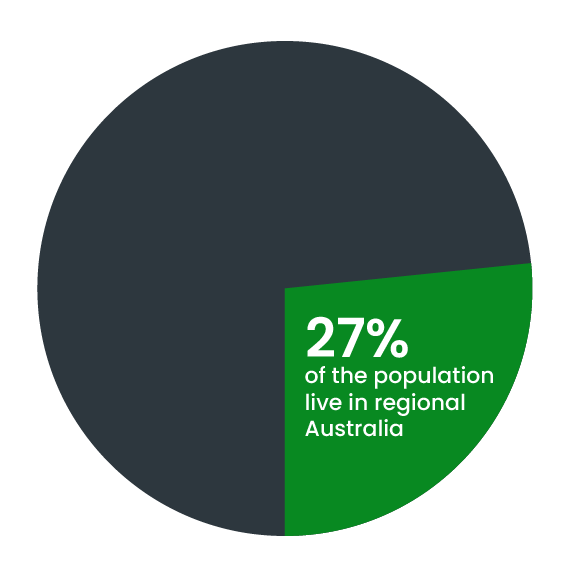{{propApi.title}}
{{propApi.text}} {{region}} Change location{{propApi.title}}
{{propApi.successMessage}} {{region}} Change location{{propApi.title}}
{{propApi.text}} {{region}} Change location{{propApi.title}}
{{propApi.successMessage}} {{region}} Change locationMember and guest login
Enter your email and password to access secured content, members only resources and discount prices.
Did you become a member online? If not, you will need to activate your account to login.
If you are having problems logging in, please call HIA helpdesk on 1300 650 620 during business hours.
Forgotten password
Need some help?
If you are having problems logging in, please call HIA helpdesk on 1300 650 620 during business hours.
If the email address you have entered is registered, you will receive an email with further instructions.
Become part of the HIA community
Enables quick and easy registration for future events or learning and grants access to expert advice and valuable resources.
Create a guest account
Enter your details below and create a login
Housing the Regions
Millennials are now the largest cohort buying property in regions outside capital cities. This emerging demographic change defies the old stereotype that the only people moving to the regions are pre-retirees looking to pursue retirement plans. This trend is expected to increase in the coming years as more people get priced out of living in metro areas.
Many people are making a conscious choice to opt for large regional centres buzzing with business activity and investment opportunities. These growing communities often offer a range of employment options and better bang for buck with housing choices. High rates of internal migration show families want a combination of an idyllic lifestyle with adequate access to services and housing.
This growing segment of the Australian population is often underrepresented in the debate on:
- population
- migration
- housing
- GST distribution
- infrastructure investment
- climate change
- broader societal matters.
HIA has developed a detailed report and an extensive list of recommendations to help Australians based in the regions create community, build more homes and develop sustainable infrastructure.
How to supercharge the regions
Address labour shortages
Support the construction industry by addressing shortages in labour across all areas of construction for both onsite and offsite personnel. Provide incentivise and targeted programs focussed on key in-demand workers and promotion programs on benefits and opportunities for undertaking a trade or traineeships.
Create training and skills centre hubs & provide innovative training solutions
Addressing the skills shortages requires a multi-pronged approach. Training and access to appropriate training facilities and programs is critical and this needs to be benchmarked against population areas and skills needs. Innovative training programs and offerings are needed to support this with greater support for micro-credentialling and skills centres or Hubs offering new and diverse opportunities.
Encourage migration
Promote the benefits of living in regional areas through campaigns that highlight the lifestyle, lower cost of living, and job opportunities. Address barriers to migration, such as the need for relocation assistance or support for those moving with families.
Boost supply of all forms of housing
More homes of all types are needed across the housing continuum. Government policies cannot just focus on one type of housing, such as social housing and prioritise this over private housing and private rental supply.
Incentivise development
Provide incentives for developers to build in regional areas. This can include tax breaks, grants, or streamlined approval processes.
Streamline planning and approval processes
Simplify and speed up planning and development approvals to reduce delays and costs. This could involve adopting more efficient procedures, reducing red tape, and creating clearer rules for streamlined approvals.
Implement planning reform measures
National Cabinet have committed to a 10-point National Planning Reform Blueprint that sets our key planning reform measures to enable the delivery of the National Housing Accord target of 1.2 million new homes over the next five years.
Increase land supply and utilise underused land
Release more land for residential development. This might involve rezoning areas, converting unused land, or redeveloping old commercial sites or converting agricultural land with careful planning.
Support local governments
Equip local councils with the resources and tools they need to plan and manage housing development effectively and facilitate greater use of private planning consultants particularly for low rise housing to enable councils to focus on larger and more complex projects.
Promote regional development
Support housing development in regional and rural areas. This could involve economic incentives, infrastructure investments, and programs to attract businesses and residents to these areas.
Encourage private sector investment
Foster partnerships between the public sector and private developers. Public-private partnerships can help finance and manage large-scale housing projects.
Fund greater investment in social and affordable housing
Government funding boosts to support the delivery of a larger volume of social, community and affordable housing options across regional areas.
Give regional satellite cities a seat at the table
Empower regional ‘satellite cities’ with populations greater than 100,000 to get a ‘seat at the table’ and provide them a bigger say in key government policy decision making alongside National Cabinet.
Create and enhance regional satellite cities
There is great opportunity to create and strengthen larger satellite cities as ‘regional hubs’ and prioritise investment and economic growth and services into these ‘hubs’ to support their surrounding communities and divert away from the current heavy reliance on capital cities.
Targeted support for households
Provide targeted affordable housing options by working with community housing providers, non-profits and housing industry. Subsidies, low-interest loans and boosting regional housing guarantees.
Boost local economy
Support local economic development to create jobs and stimulate demand for housing. A thriving local economy can attract new residents and retain current ones.
Fund enabling infrastructure
Increase government investment in enabling infrastructure including water, sewerage, electricity, roads and other key services to supports new developments and get shovel (build) ready land delivered faster.
Improve infrastructure
Invest in infrastructure such as transportation, healthcare, and education in regional areas. Improved amenities can make these areas more attractive to potential residents and businesses.
Utilise innovative building methods
Encourage the use of innovative and efficient building methods, such as modular construction or prefabrication, which can speed up construction times and reduce costs and overcome some of the labour shortages particularly in regional and remote communities.
Support different housing options
Encourage the development of a broad range of different housing typologies to meet different market segments and support consumer choice. Housing in all locations is needed, including greenfield, brownfield, regional and rural and infill housing.
Regional Australia at a glance

27%
increase in June quarter of people moving to regional areas.

223
LGAs under 10,000 people (out of 554 Australia-wide).
42%
of regional inflow to regional New South Wales.

8.5 million people in Australia live outside capital cities

Australia has the world's lowest population density
Find the latest expert advice, guides and much more!
Was this page helpful?
One house, one approval
Trying to navigate the development approval systems for housing has become a challenging process. Find out how HIA is tackling this issue by calling on all levels of government to commit to change.
HIA Planning Blueprint Scorecard
HIA's Planning Blueprint Scorecard grades the planning system of each state and outlines key areas of improvement to achieve the Accord target of 1.2 million homes.
